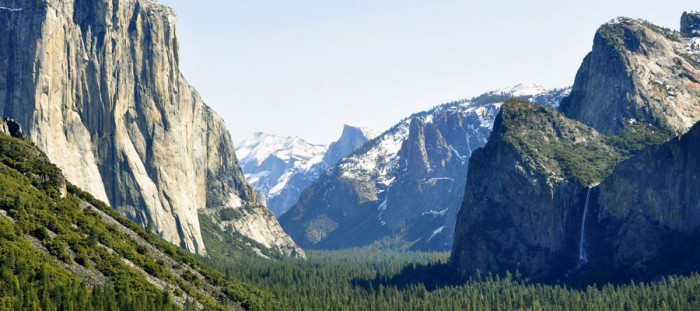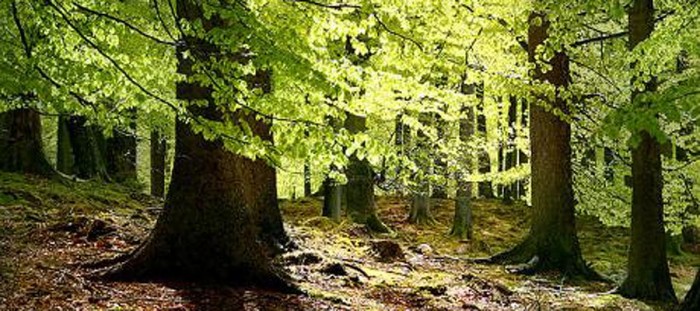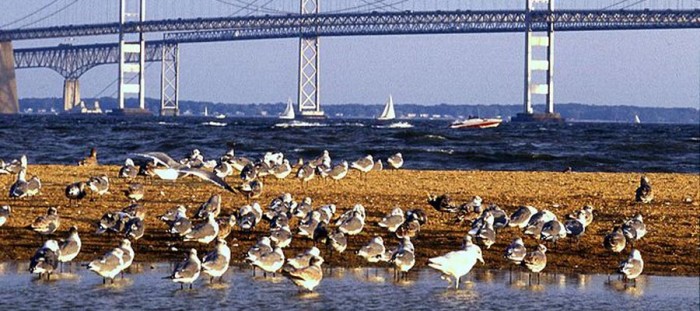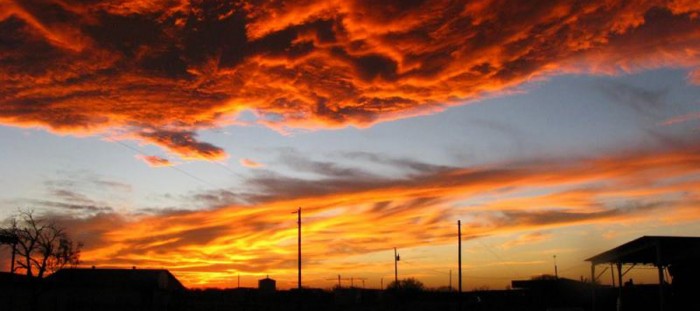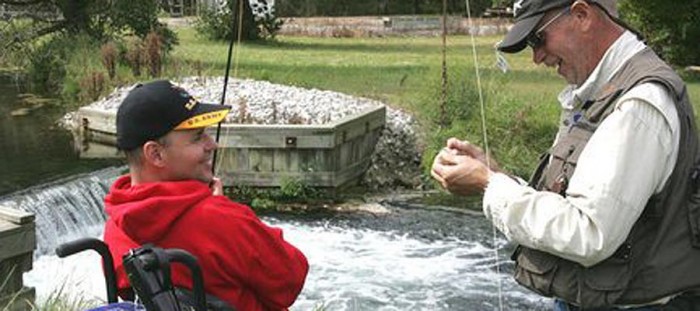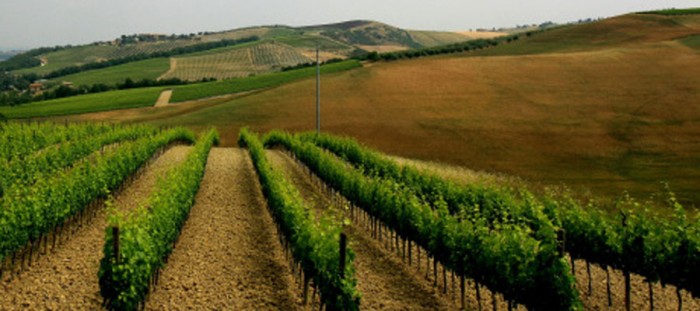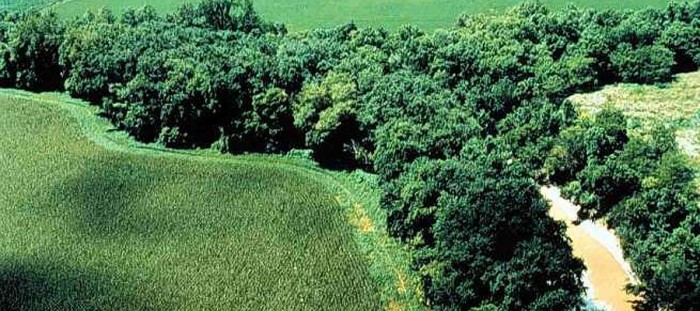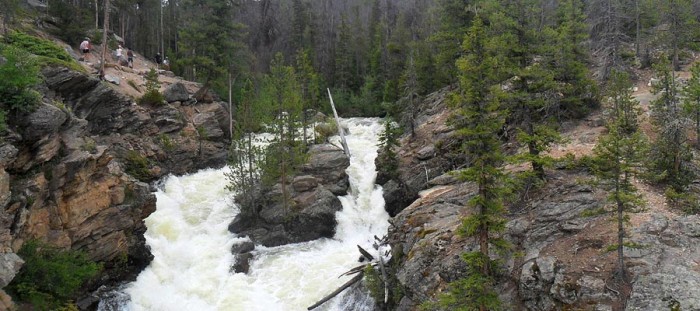If you’ve been itching to get outside now that the weather has gotten warmer, then pay attention to this post.
During the week of April 16-24, you will be able to get into any of the 394 national parks around the country for FREE! That’s right, you will be able to hike, bike, fish, and enjoy all of the other outdoors activities available to visitors, all for free. Check out the Park Service’s Calendar of Events to learn more about all the great activities they have planned at each park. You can celebrate John Muir’s birthday at Muir Woods National Monument in California, give your kids the chance to be a Park Ranger for a day at Shenandoah National Park in Virginia, or donate your time on Volunteer Day (April 16) at your local Park.
We’d love to hear which park(s) you’re planning on visiting and the activities you plan to enjoy!
Also, if you would like to subscribe to our blog, please input your email address at the top of the page. Thanks for reading!
The US Agriculture Department recently released a proposal outlining long-awaited forest-planning rules. The rules, which were mandated in the 1976 National Forest Management Act, are meant to guide forest managers in decisions about which parts can be logged and which should be protected.
The proposed rules embrace many goals promoted by conservationists across the country, including maintaining “viable” animal populations, increased protection for 193 million acres of forest and grassland, and mandating the use of the best available scientific data in making plans for land and water resources.
However, many argue that the proposed rules are too vague. Furthermore, they give too much discretion to individual forest managers, who have been easily influenced by timber companies and local politicians. Though the rules mandate that the biological diversity of an area be measured, they do not spell out how often the measurements should occur, nor what actions should be taken to ensure the long-term vitality of the forests.
The plan is open for public comment until May 16. To find a public meeting near you, click here.
You can also read an insightful New York Times editorial on the proposed rules by clicking here.
Last month, members of the House of Representatives submitted a budget proposal, which included widespread cuts in an effort to reduce federal spending. One of the programs targeted in this budget was the EPA’s Chesapeake Bay Program. As part of the 30 percent cuts to the EPA’s budget, the CBP, which coordinates state and federal Bay cleanup efforts, would be reduced from $50 million to $40 million, a 20 percent cut.
The White House quickly released its own proposed budget, which included proposals toincrease Bay funding up to $67 million. However, that increase would come in the face of major cuts to other EPA cleanup efforts around the country.
To read more about the fiscal debates, check out this article from the BayJournal.
We would love to hear your thoughts on this issue. Should funding be reduced? Should it be increased? What can agencies at all levels do to both protect the Bay while also protecting the economic vitality of individuals and communities within the Bay watershed?
Our experiences on a recent trip to south Texas reinforced the importance of the synergy between working landscapes and conservation, our company’s mission since 1993. To find out more about our company and our approach to rural land conservation please check out our inaugural e-newsletter.
As we drove south from San Antonio, we watched as the Texas landscape changed, becoming flatter, and the expanse of sky bigger. As the sun set, the clouds that gathered over La Paloma Sola Ranch exploded with color and shapes rarely observed in the Piedmont of Virginia. The ranch is a model for conservation and wildlife management, raising trophy deer while maintaining the south Texas plains for future generations. John Gurasich wrote of his passion for the ranch and his family’s experiences learning how to be responsible stewards of the land.
La Paloma Sola
“La Paloma Sola has been a special place for our family for the last 25 years. It has been a place to escape, spend time with friends, create lasting memories, and enjoy the wildlife. The ranch is located in the rugged and wild brush country of Webb County, Texas.
South Texas is famous for producing incredible white tail deer. Over the last 30 years there has been a transition in land use from cattle ranches to wildlife ranches. The state helped this transition by introducing the Wildlife Tax Exemption, which recognizes wildlife management as an agricultural use. Read more…
Bundoran Farm Conservation Community
Unique in both concept and execution, Bundoran Farm in Albemarle County, Virginia is described by the Urban Land Institute’s book Conservation Communities: Creating Value with Nature, Open Space, and Agriculture as a rural community that combines farmland and forest preservation with limited residential development. Recognized by Audubon International as a Certified Gold Audubon Signature Sanctuary (the first in the Commonwealth of Virginia and the first working farm certified in the program) and consistent with the requirements of the Chesapeake Bay Preservation Act, the plan for the 2,300 acres of Bundoran Farm maintains the farming operation while allowing for the careful placement of home sites. Verdant pasture, orchards, and well-managed forest interspersed with riding and walking trails as well as the spectacular views of the farm, the valleys, and the Ragged Mountains in the distance cultivate a sense of a place that is classically Piedmont and deeply rooted in local tradition. Read more…
Cows, Plows, and Wildlife
As I visit with landowners across Texas, there is a common theme that eventually surfaces as we discuss the ins and outs of wildlife management. The question of whether or not landowners, particularly new landowners, should allow cattle to graze their property. I have yet to find a consistent answer applicable to landowners as a whole. My usual response is to first give careful consideration to the condition of the property, and secondly to take into account the landowner’s goals. Read more…
All the best,
Bob McKee
We would like to point your attention this week to a wonderful program that absolutely deserves recognition for its support of our military personnel. Project Healing Waters provides basic fly fishing, fly casting, and rod building classes and clinics for wounded and inured personnel as well as to active military personnel and veterans throughout the country. The best part about the program is they offer their services absolutely free! Whether the participants are new to the sport or are adapting their skills to their new abilities, Project Healing Waters and its volunteers work tirelessly to instill a love for the sport in all who are served. As their website says, “It is much more than a one day fishing trip. For many participants, particularly disabled veterans, the socialization and camaraderie of the classes are just as important as the fishing outings, and provide them with a new activity.”
To learn more, or to donate, check our their website.
We recently came across a book we would like to share with you. Steve Rinella’s The Scavenger’s Guide to Haute Cuisine is an informative and wildly entertaining read for those who appreciate nature’s bounty. As the publisher write, “A hybrid of memoir, cookbook, and travelogue, and a love song to hunting and fishing and the American wild, The Scavenger’s Guide is about one man’s quest to live off the land and recreate the recipes from Escoffier’s Le Guide Culinaire, the 1903 magnum opus that still stands as one of the greatest haute cuisine cookbooks ever written.
Setting off on a year-long adventure into the wild with the end goal of preparing a three-day, 45-course banquet with recipes chosen from Le Guide Culinaire, Rinella tells of spending his time shooting, fishing, slaughtering, gathering, and raising the ingredients for his banquet. Working to create such dishes as Crayfish Mousse and Elk and Antelope Kidney Pudding, The Scavenger’s Guide will certainly introduce you to some exotic creations. We hope you enjoy it!
Virginia’s Secretary of Agriculture and Forestry Todd Haymore recently announced the state’s long-term goals to preserve and expand Virginia’s working farm and forest lands. In addition to Gov. McDonnell’s stated intention to preserve 400,000 acres of open space, legislation will be introduced to provide tax credits for the establishment or expansion of vineyards and wineries and global trade missions will be planned to promote Virginia’s agricultural exports.
Furthermore, in an effort to satisfy Virginia’s Watershed Implementation Plan, information and assistance will be made available to help family farms meet water quality requirements while still maintaining commercial viability.
You can find more on these intiatives by clicking here.
On Monday, the State of Virginia submitted its Chesapeake Bay cleanup plan to the EPA for its review. In doing so, Virginia both pledged to scale up its efforts to clean up the Bay while simultaneously reiterating concerns about the EPA’s process for developing the Bay TMDL (see previous post for more information). According to the State, the EPA is rushing the process of establishing TMDLs for state waters, which has caused sincere concerns in local governments and industry alike. Perhaps the most major concern is that with the current economic climate, taking on another federal unfunded mandate is going to place enormous financial stress on its stakeholders.
Even with these concerns, Virginia has come up with an ambitious and comprehensive strategy. Examples of its future efforts will include the widespread implementation of best management practices on agricultural lands, the expansion of the existing nutrient credit exchange program, and the additional reduction of 2.6 million pounds of nitrogen in the James River from wastewater treatment plants.
If you’d like to read more, please click here.
In September, the EPA released a draft Total Maximum Daily Load (TMDL) for the Chesapeake Bay. TMDLs serve as a pollution budget for targeted waterways and their respective watersheds by mandating a maximum level of pollution that can be in the water and still meet standards.
While many recognize that this new TMDL will have profound consequences on those within the Chesapeake Bay watershed, most remain unclear as to just how the new regulations will affect them. Because farms and other agricultural areas account for around 80 percent of the polluted runoff, rural land owners in particular are keeping a close eye on the details of the TMDL. Informational sessions are being held all around the Bay watershed by both the EPA and independent groups to help clarify any confusion. For those of you in the Northern Virginia area, our friends at Wetland Studies and Solutions will be hosting a session in December. For more info, click here.
Field Sport Concepts and its affiliates have a long history of developing environmentally friendly and creative land management solutions. We will work with you to develop a strategy to effectively utilize your land while also ensuring that all local and national regulations are met.
Ecosystem services are broadly defined as the tangible benefits we all receive from nature. These benefits can range from food, fresh water, flood control, climate management, tourism, and even spirituality. Though these benefits have long been recognized as critical to our way of life, we have never truly assigned a value to them, instead writing them off as “externalities of economics.”
Recently, though, a study was released that monetized these ecosystem services. The Economics of Ecosystem Biodiversity (TEEB) study provided a cost-benefit analysis of the benefits we receive from nature and the consequences our increasing rate of development worldwide is having on those services.
To read more, check out The New York Times’ coverage by clicking here.
Photo courtesy of Hogs555

